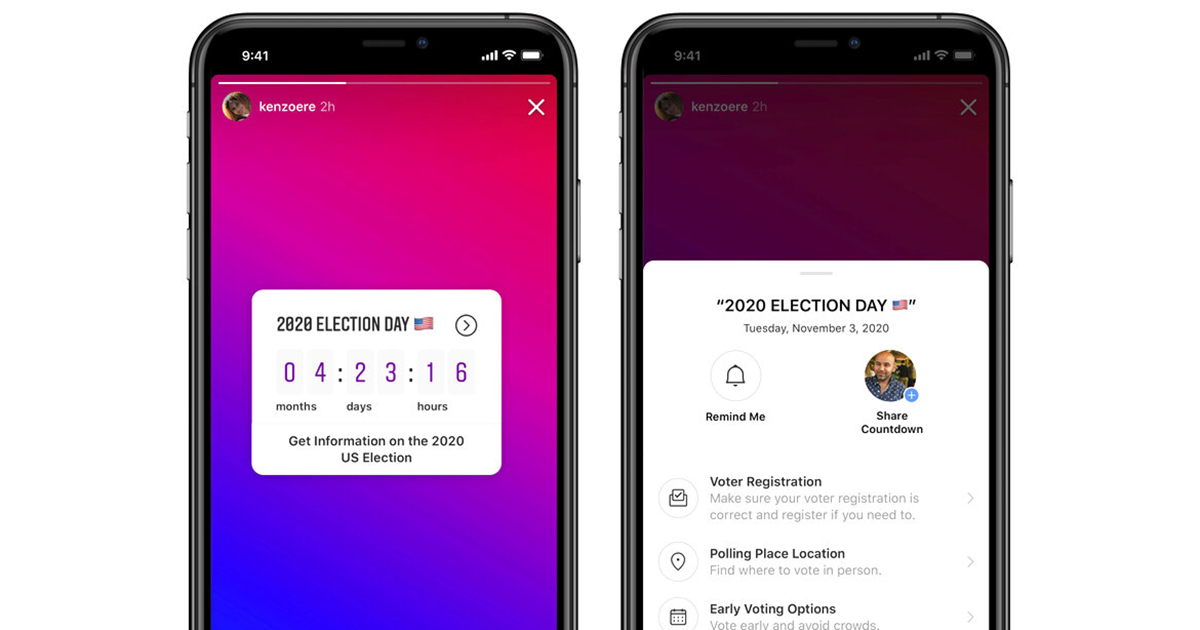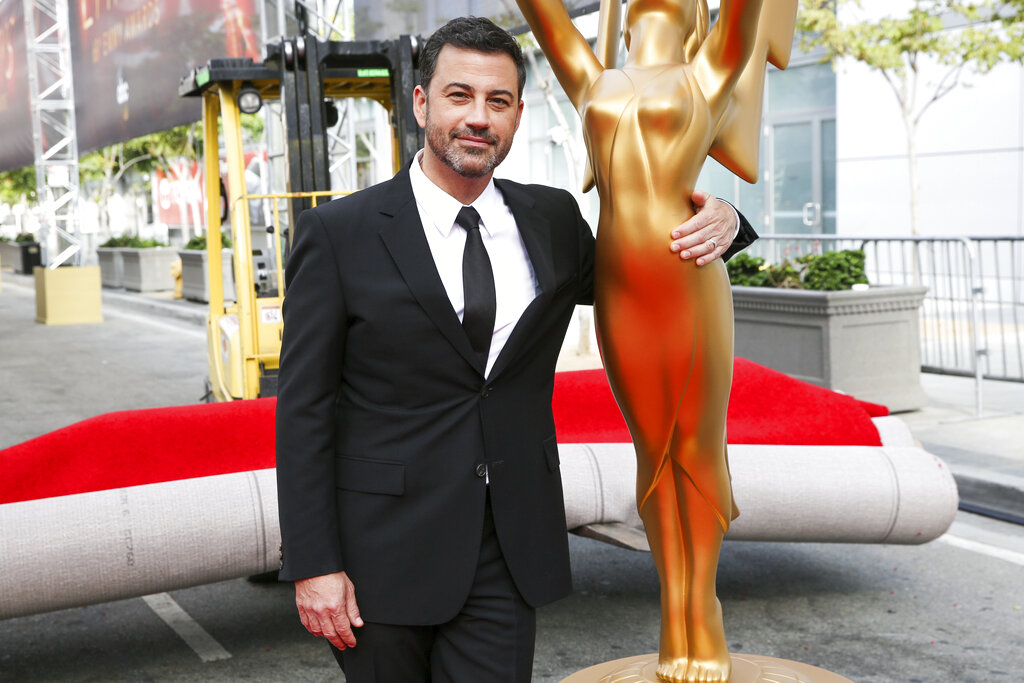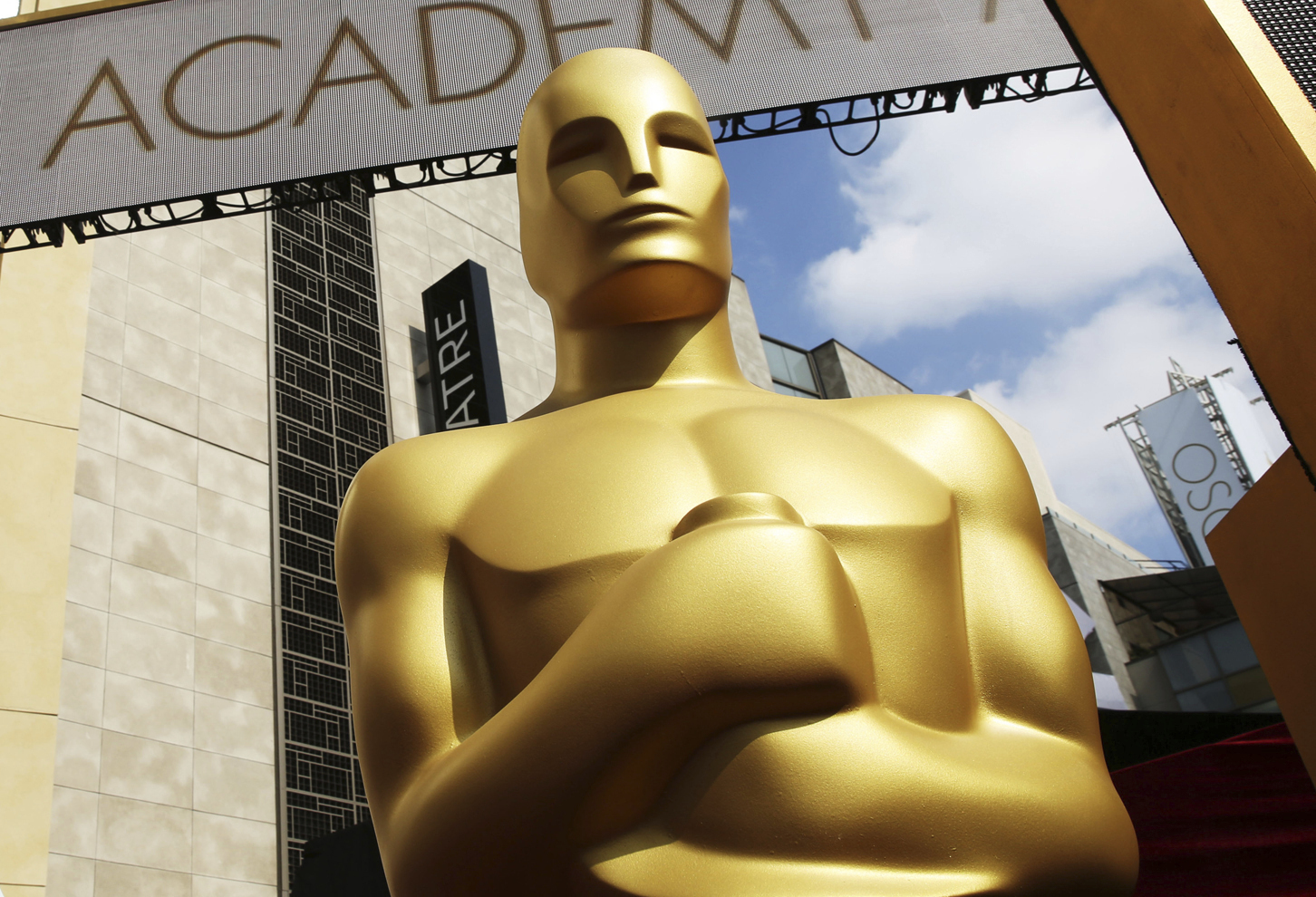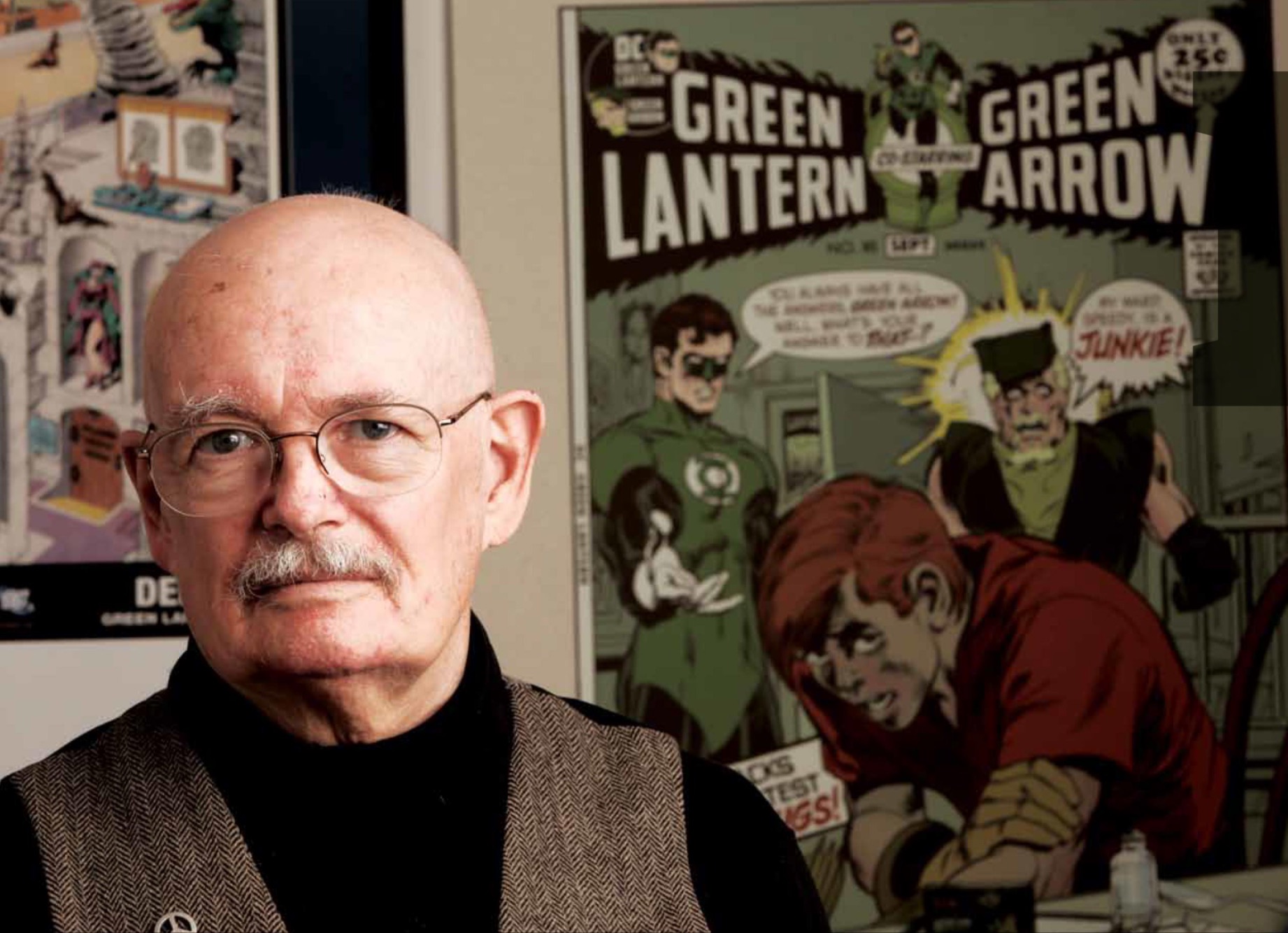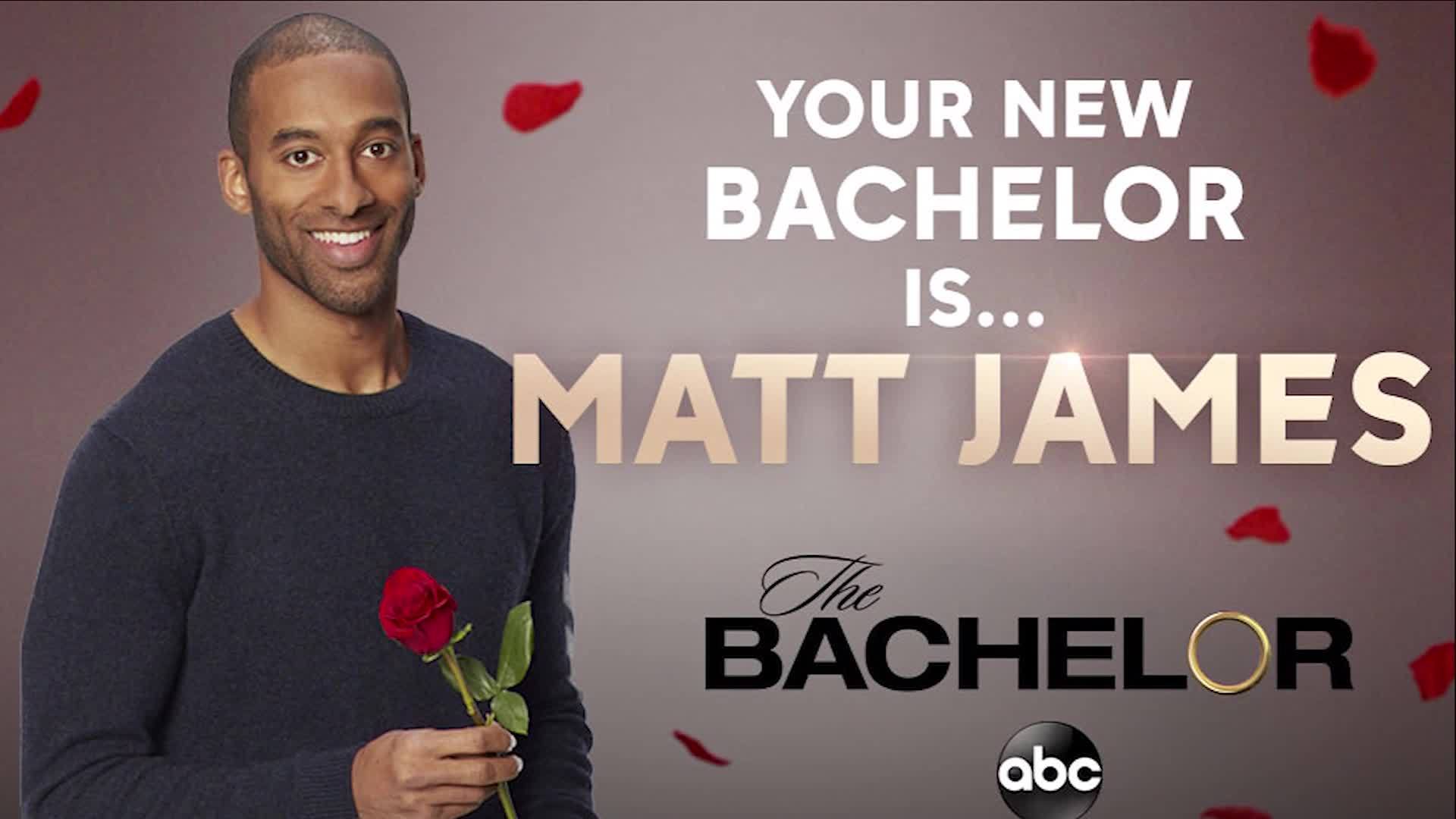WASHINGTON (AP/Nexstar) — President Donald Trump and the White House coronavirus task force held a briefing Monday to discuss the latest efforts to slow the spread of coronavirus in the U.S.
Trump claimed the authority Monday to decide how and when to reopen the economy after weeks of tough social distancing guidelines aimed at fighting the new coronavirus. But governors from both parties were quick to push back, noting they have the primary constitutional responsibility for ensuring public safety in their states and would decide when it’s safe to begin a return to normal operations.
Democratic leaders in the Northeast and along the West Coast announced separate state compacts to coordinate their efforts to scale back stay-at-home orders or reopen businesses on their own timetables, even as Trump tried to say it’s his call.
“When somebody is president of the United States, the authority is total,” Trump said at Monday’s White House coronavirus briefing. “The governors know that.”
But he offered no specifics about the source of his authority or his plan to reopen the economy.
Anxious to put the twin public health and economic crises behind him, Trump has backed federal social distancing recommendations that expire at the end of the month. But it has been governors and local leaders who have instituted mandatory restrictions, including shuttering schools and closing non-essential businesses.
Taking to Twitter, Trump wrote that some are “saying that it is the Governors decision to open up the states, not that of the President of the United States & the Federal Government. Let it be fully understood that this is incorrect … it is the decision of the President, and for many good reasons.”
Trump can use his bully pulpit to pressure states to act or threaten them with consequences, but the Constitution gives public health and safety responsibilities primarily to state and local officials.
Meanwhile, the president’s guidelines have little force. Governors and local leaders have issued orders that carry fines or other penalties, and in some jurisdictions extend out into the early summer.
“All of these executive orders are state executive orders and so therefore it would be up to the state and the governor to undo a lot of that,” New Hampshire Republican Gov. Chris Sununu said on CNN.
Pennsylvania Gov. Tom Wolf, a Democrat, told reporters on a conference call that until people are healthy, reopening the economy’s “not going to work.”
“Seeing how we had the responsibility for closing the state down, I think we probably have the primary responsibility for opening it up,” he added.
Wolf joined governors in New York, New Jersey, Connecticut, Delaware and Rhode Island in agreeing to coordinate their actions. The governors of California, Oregon and Washington announced a similar pact. While each state is building its own plan, the three West Coast states have agreed to a framework saying they will work together, put their residents’ health first and let science guide their decisions.
New Jersey Gov. Phil Murphy stressed the efforts would take time.
“The house is still on fire,” he said on a conference call with reporters. “We still have to put the fire out, but we do have to begin putting in the pieces of the puzzle that we know we’re going to need … to make sure this doesn’t reignite.”
Though Trump abandoned his goal of rolling back social distancing guidelines by Sunday, he has been itching to reopen an economy that has dramatically contracted as businesses have shuttered, leaving millions of people out of work and struggling to obtain basic commodities. The closure has also undermined Trump’s reelection message, which hinged on a booming economy.
Trump’s claim that he could force governors to reopen their states represents a dramatic shift in tone. For weeks now, Trump has argued that states, not the federal government, should lead the response to the crisis. And he has refused to publicly pressure states to enact stay-at-home restrictions, citing his belief in local control of government.
While Trump can use his daily White House briefings and Twitter account to try to shape public opinion and pressure governors to bend to his will, “there are real limits on the president and the federal government when it comes to domestic affairs,” John Yoo, a University of California at Berkeley law school professor, said on a recent Federalist Society conference call.
“The government doesn’t get opened up via Twitter. It gets opened up at the state level,” Michigan Gov. Gretchen Whitmer, a Democrat, said.
Mississippi Republican Gov. Tate Reeves, a supporter of Trump, said the question of when to lift restrictions would be “a joint effort” between Washington and the states.
Talk about how and when to reboot the nation’s economy has come as Trump has bristled at criticism that he was slow to respond to the virus and that lives could have been saved had social distancing recommendations been put in place sooner.
The Treasury Department has missed a deadline to start paying airlines to keep workers employed, and the two sides were still negotiating terms of the federal help Monday.
The chief holdup is Treasury’s insistence that some of the $25 billion in payroll assistance be in the form of loans, not cash.
The impasse suggests that airlines will face a harder job getting federal help than they expected. Airline stocks fell Monday.
The airlines thought they had a deal last month: Congress agreed to give passenger airlines $25 billion in cash grants to cover payroll costs for six months.
But Treasury Secretary Steven Mnuchin told CEOs of the six largest airlines on Friday that 30% of the aid instead would be low-interest loans that they would have to pay back with securities that could be converted to stock —giving the government an ownership stake in the carriers, according to people familiar with the negotiations.
That surprised the airlines.
“We believe the law indicated that the (direct aid) funding was to be only in grants — which is considerably more effective for our employees — and not a combination of grants and loans,” a spokeswoman for the trade group Airlines for America said in a statement. “This federal relief is critical to getting our employees paid and preventing furloughs right now, especially as our country is experiencing historically high unemployment claims.”
Airline labor unions are also urging Treasury to start distributing the grants, which were due to be paid out beginning April 6, 10 days after Trump signed the $2.2 trillion coronavirus-relief measure. Leaders of 11 unions pressed Mnuchin on the matter in a letter, writing that if the grants are delayed any longer, workers will lose their jobs “and our aviation industry will collapse.”
“This is not free money to the airlines, it’s money that is intended to keep people on the job and their paychecks going,” Sara Nelson, president of the Association of Flight Attendants, said in an interview. “The pace of this is seriously concerning. There are smaller carriers that are not going to make payroll this week without that money.”
Monday’s full briefing can be watched below.
